First Drive: Kia Optima SW
Kia’s first large estate car is a much-needed move into the mainstream, reckons Alex Grant.
- Kia Optima SW
- Kia Optima SW
- Kia Optima SW
- Kia Optima SW
- Kia Optima SW
- Kia Optima SW
SECTOR Upper Medium PRICE €25,990–€41,790 FUEL 4.4–8.2l/100km CO2 113–120g/km
With its obsession for diesels and love of wagons, Europe is a bit of an island in the global automotive landscape. Enough that the Kia Optima – a game-changer for the brand in some markets – has only ever found a small corner of a segment that’s lost some of its gloss in recent years.
Kia has always been aware of this. The Sportage is its high-volume family car in Europe; the new model is selling even faster than its popular predecessor, and this won’t tip the apple cart. But the first-ever Optima wagon is a savvy step into the mainstream for this part of the range.
Volumes won’t be huge, but it’s a significantly bigger opportunity. Developed for and only sold in Europe, despite being built in South Korea, the Sportswagon will be by far the bigger seller in the region. Particularly in fleet, where versatile load carriers account for most European D-segment sales.
Corporate aspirations are clear. Business essentials such as TomTom navigation, cruise control and a reversing camera are standard equipment in many markets, and big-selling versions are to be equipped with seats part-trimmed in artificial leather. There’s also a high-performance GT version on the way, though with CO2 emissions at 191g/km it’s likely that the user-chooser targeted GT-Line trim, which gets many of the visual upgrades, will be more appealing. A plug-in hybrid, as offered in the sedan, also looks possible.
The majority of fleet sales are likely to take the 1.7-litre diesel shared with the Sportage, which is upgraded from 119hp to a less lethargic 141hp in the Optima. That’s closer in output to rivals’ 2.0-litre engines and, thankfully, there’s limited evidence of its relatively small capacity on the road. Refinement is impressive and, though it’s no performance car, it doesn’t struggle to haul itself up to motorway speeds.
The only variation is the gearbox. Kia’s seven-speed, dual-clutch transmission is optional on some trims and standard on high-spec models, depending on market. On paper it’s slightly less efficient, but the extra gear should help real-world economy while cruising. It’s quick and smooth to shift and with no kick-down shudder, though it doesn’t unearth huge amounts of extra performance from the diesel engine when it does so.
Kia is being reserved about sales splits for the transmissions, but it sees strong take-up for the automatic and the DCT has the added bonus of including selectable driving modes. A luxury, perhaps, but the fixed-rate steering on manual versions is a little light and slightly too sensitive around dead-centre at high speeds, and there’s no option to have the selectable modes on the manual models.
But it’s flexibility where this needs to be competitive, and the Optima achieves a lot despite sharing its footprint with the sedan. Boot capacity is larger than the Sportage and at the higher end of the class, with a low load lip and wide tailgate for crossover-shaming access. All of the essentials are present; handles inside the tailgate to fold the three-piece rear bench, under-floor storage for the tonneau cover and only a slight ramp to the load area when it’s all flat. However, the sliding luggage rail isn’t available all trim levels, and only the GT-Line S gets a powered tailgate.
Which really leaves you finding details rather than dealbreakers here. The Optima isn’t the sharpest-driving wagon in its class, but not everyone wants that, and some of the cabin materials aren’t up to rivals – particularly the flimsy, under-damped gearshift paddles on DCT versions. Otherwise, this once-niche player has just made itself an option that’s impossible to overlook completely. A worthy competitor for a spot in the European market.
What we think
The Optima is still short on engine options, but the Sportswagon is a sensible addition which looks, drives and functions competitively for this sector. It’s the bodystyle this car has always needed to make a mark on the European D-segment.

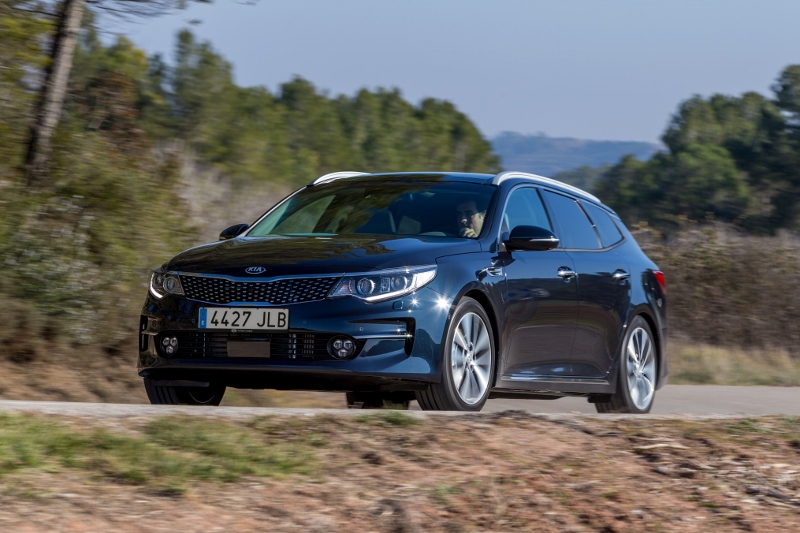
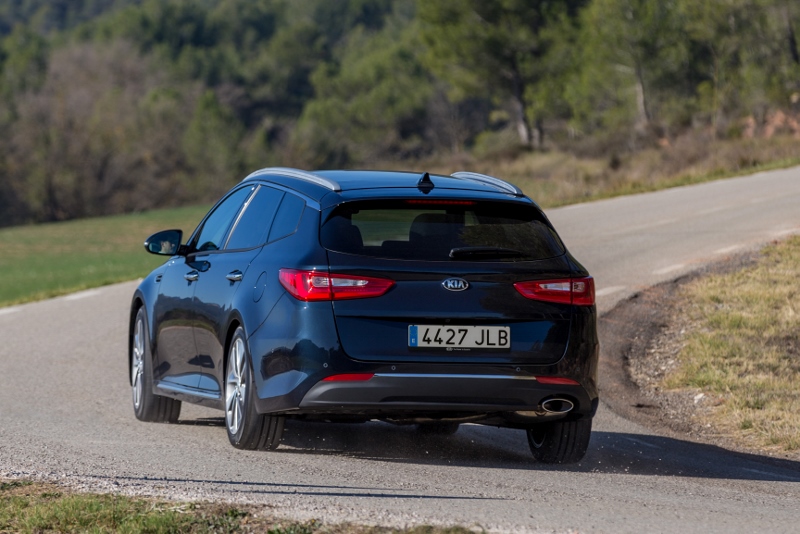
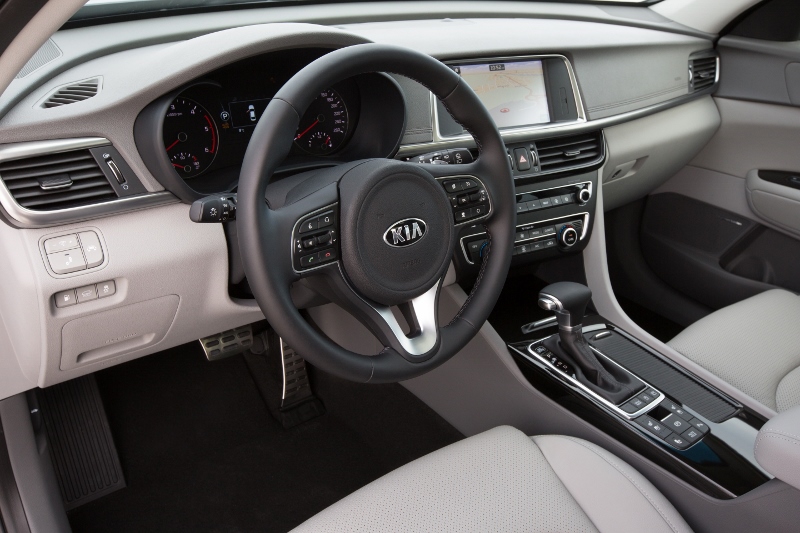
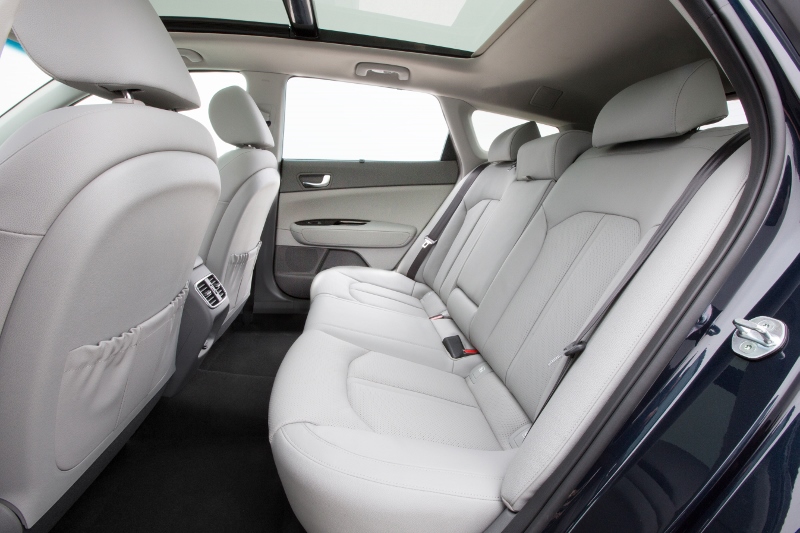
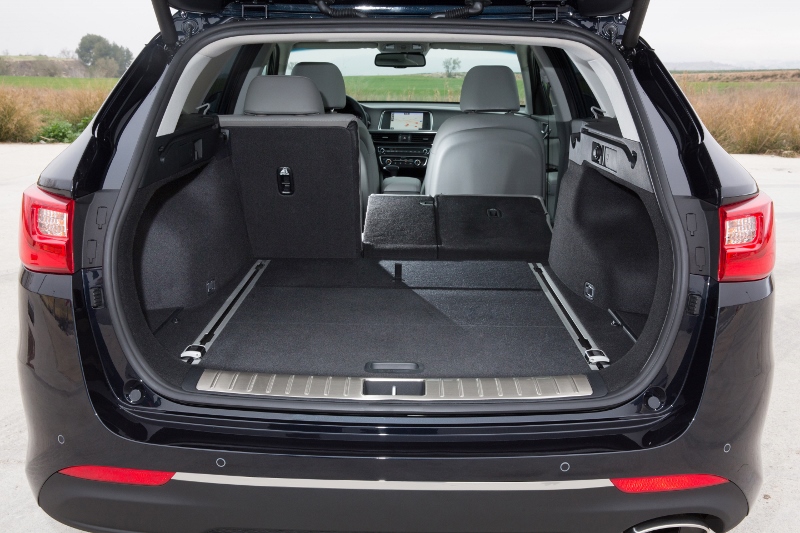
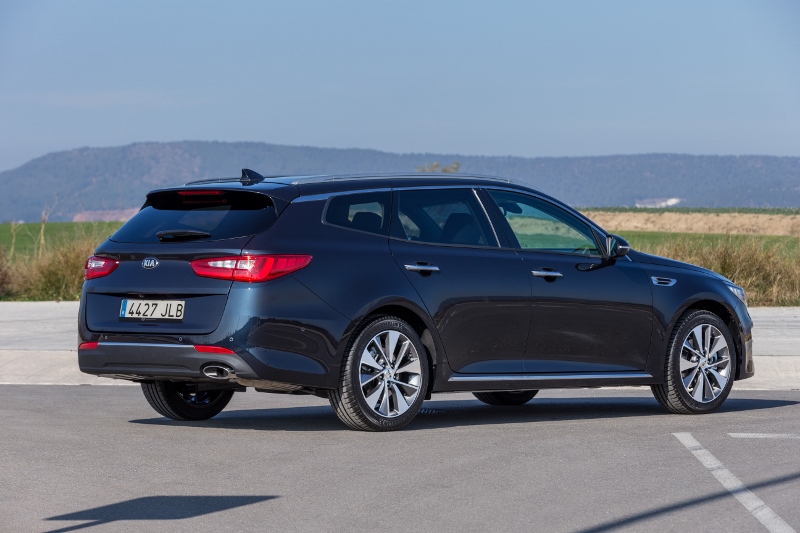

Leave a comment